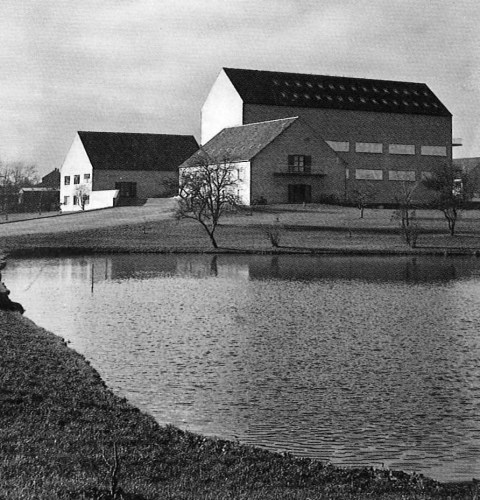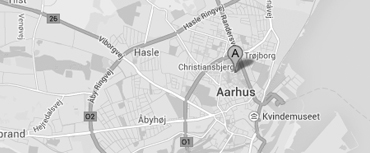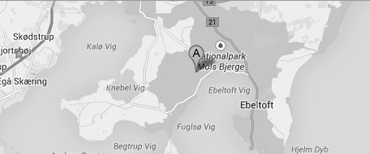History
The Natural History Museum Aarhus is the second-largest of its kind in Denmark. Its history dates back to 1911 when the Society for Natural History Jutland was founded. Over the next decade the Society managed to establish an impressive collection of animals, especially birds and insects. The first exhibition was opened to the public on the top floor of a nearby school in 1921. A board was appointed and a daily leader hired. However, more space was soon needed, and in 1941 Aarhus Municipality sponsored the erection of the museum's current building in the University Park. This facility was expanded in 1978.
Today, the museum’s public exhibition centre covers more than 2,500 square meters.
Molslaboratoriet/The Mols Laboratory
Molslaboratoriet is the museum's research facility in National Park Mols Bjerge, about 40 minutes' drive from the city of Aarhus.
Molslaboratoriet consists of a farm, Nedre Strandkær, and approx. 150 hectares of land. The property was donated to the museum in 1941 by Ellen Dahl, the sister of Karen Blixen, the world-famous writer. The farm was changed into a combined research station and conference center.
Henning Pedersen, a Senior Scientist, was the head of Molslaboratoriet for 38 years and became internationally renowned for his research into eco-systems, especially their structure and functions. Today extensive research is still carried out as the area is the natural habitat of a large number of species, some of which are endangered. However, visitors are welcome to explore the area when keeping to the marked trails.
Today the farm can accommodate 49 overnight guests in the midst of wonderful nature and offers big as well as small conference rooms, free WiFi, and delicious meals.



